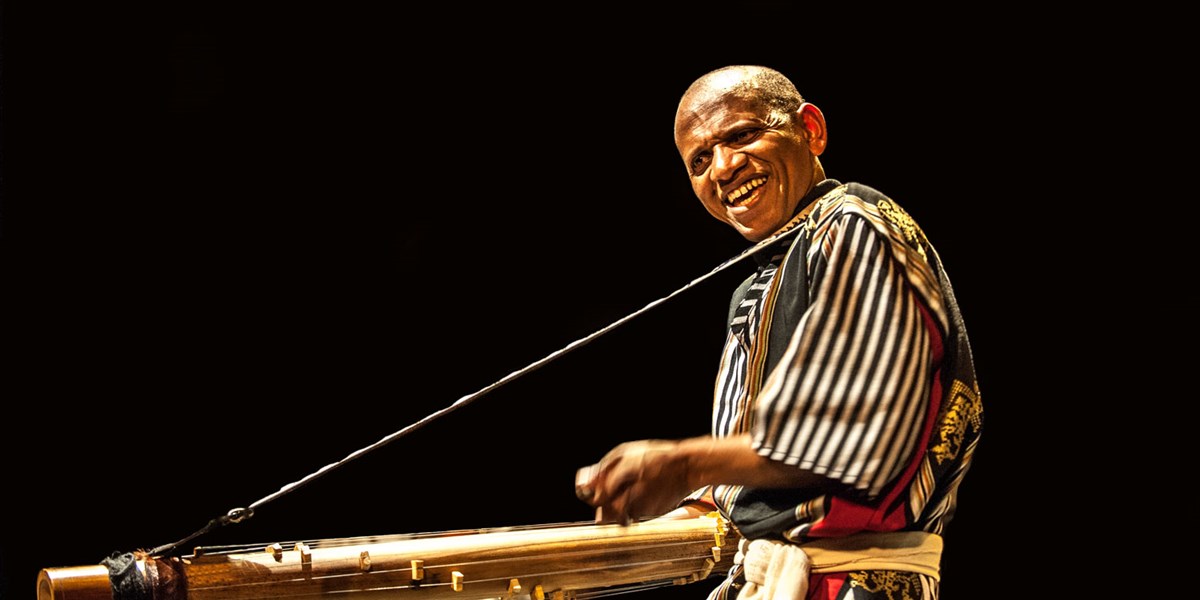Wednesday, October 21, 2020
Rajery: A Beginner's Guide
By Daniel Brown
Madagascar’s leading player of the bamboo tube zither, otherwise known as the valiha, has come a long way from coping with an early disability to touring international concert halls. Daniel Brown retells Rajery’s journey

Rajery (photo: Christian Pizafy)

Register now to continue reading

Thanks for visiting the Songlines website, your guide to an extraordinary world of music and culture. Sign up for a free account now to enjoy:
- Free access to 2 subscriber-only articles and album reviews every month
- Unlimited access to our news and awards pages
- Our regular email newsletters

